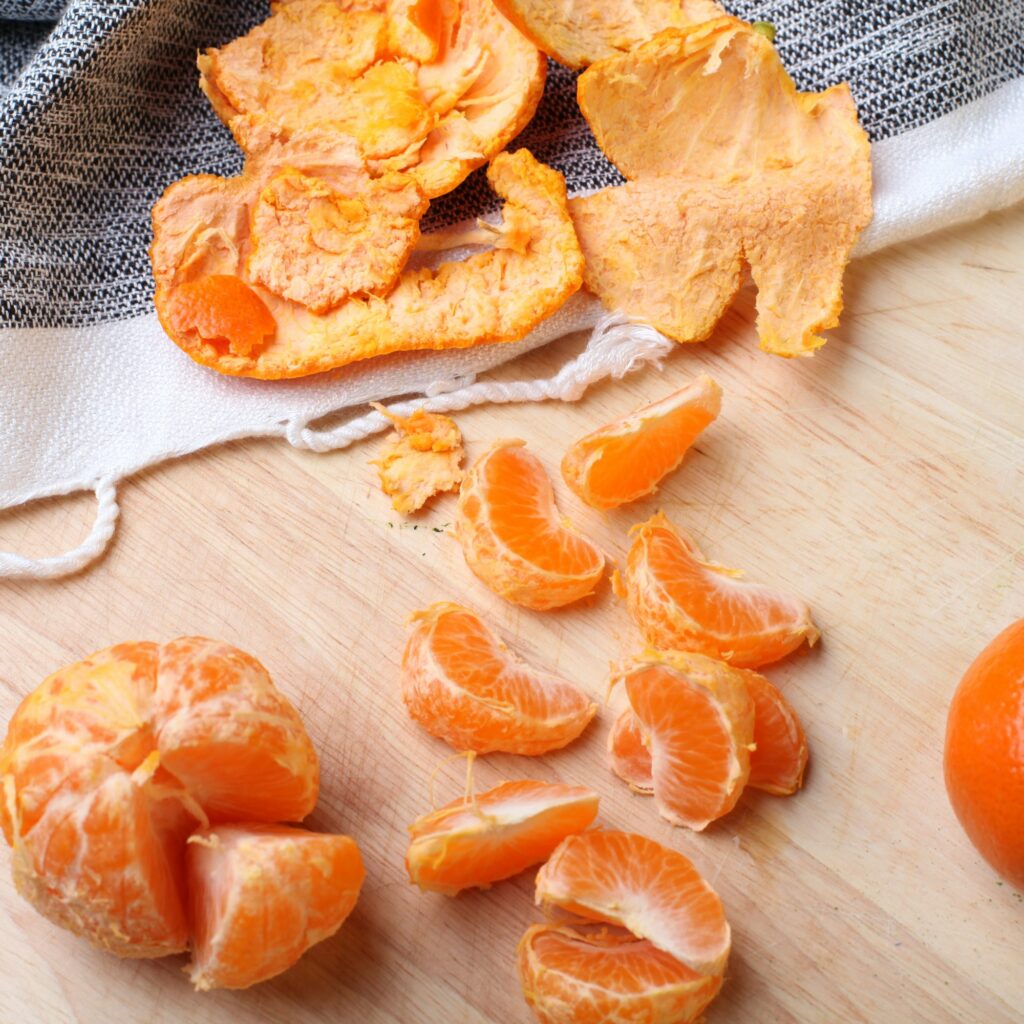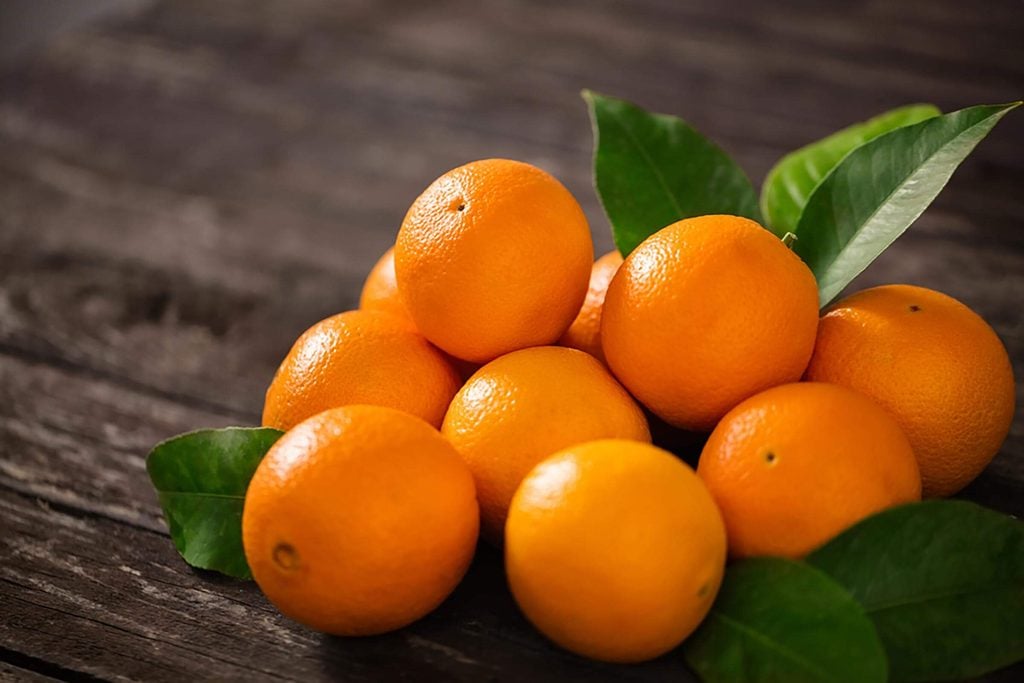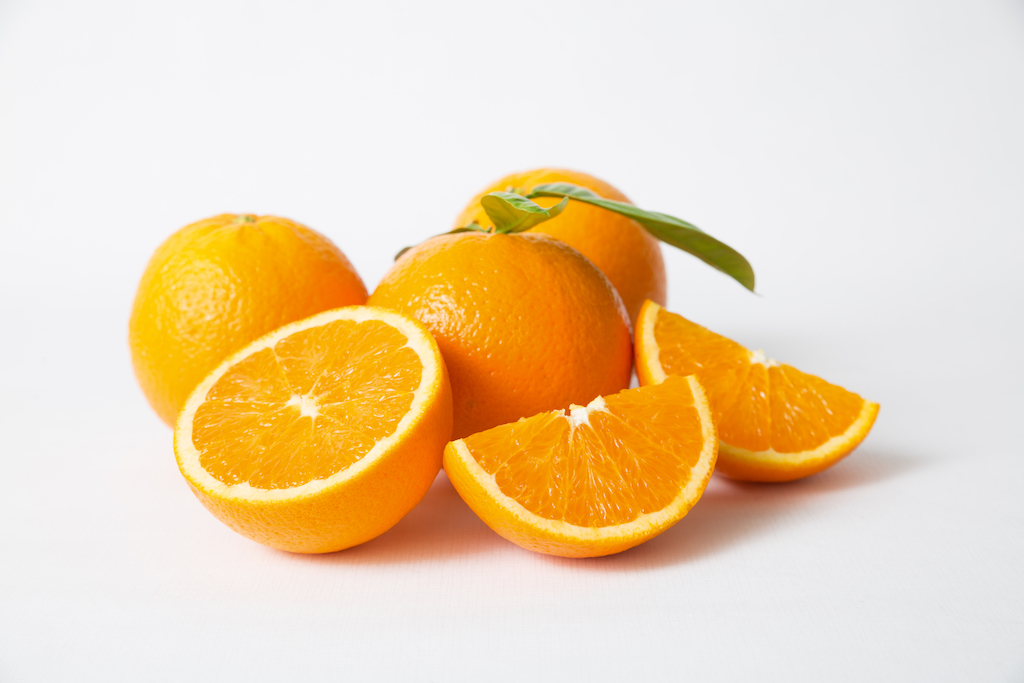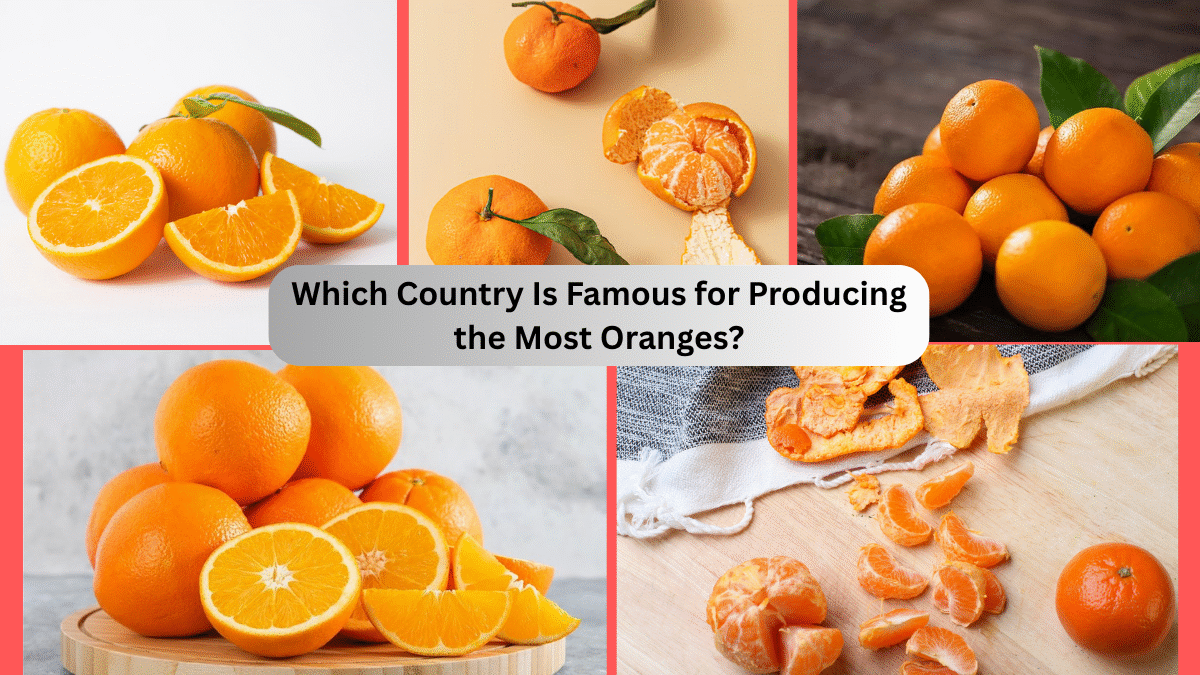Oranges are among the world’s most popular fruits—juicy, refreshing, and bursting with vitamin C. Their sweet flavor and health benefits make them a staple in millions of households across the globe. From breakfast tables to fresh-pressed juices and desserts, oranges are a worldwide favorite. But have you ever wondered which country is the global king of orange production?
The answer may surprise you: Brazil.
In this article, we’ll explore why Brazil is the leading orange producer in the world, how it built such a dominant position, and how other countries compare in the global citrus scene.
Global Orange Production: An Overview

Oranges are cultivated in over 100 countries, especially in tropical and subtropical regions. They are grown for both fresh consumption and juice processing. Global production is estimated to be around 76 million metric tons annually, and the top producers account for over 60% of the world’s supply.
There are two main segments in the orange industry:
- Fresh oranges, sold whole in markets and stores.
- Processed oranges, primarily made into juice.
While many countries grow oranges, only a few lead in large-scale production. Let’s now spotlight the country that stands at the very top.
Brazil: The Undisputed Champion of Orange Production
Key Facts:
- Annual Orange Production: ~16 to 17 million metric tons
- Share of Global Output: Around 22-25%
- Primary Growing Region: São Paulo State
- Main Use: Orange Juice Production (over 75% of world exports)
Brazil is the largest orange producer in the world. It produces nearly one-fourth of the global orange supply, with most of its harvest destined for juice production rather than the fresh fruit market.
Why Brazil Leads the World:
1. Ideal Climate
Brazil’s southeastern region, especially São Paulo, offers perfect growing conditions—warm temperatures, plentiful rainfall, and rich soil. These factors contribute to high yields and consistent quality.
2. Advanced Agriculture
Brazil has invested heavily in agricultural research and technology. Farmers use modern irrigation, high-yield orange varieties, and integrated pest management systems to boost productivity.
3. Massive Juice Industry
Over 90% of Brazilian oranges are processed into juice, mainly frozen concentrated orange juice (FCOJ), for export. Major companies like Cutrale, Citrosuco, and Louis Dreyfus dominate the global market, and Brazil supplies juice to over 100 countries, especially in Europe and North America.
4. Strong Export Infrastructure
Brazil’s logistics and shipping networks are well-developed. The country exports millions of tons of juice annually via ports like Santos, with a focus on sustainability and efficiency.
Brazil and the Global Orange Juice Market

The most fascinating aspect of Brazil’s dominance is not just in producing oranges—but in controlling the global orange juice trade. Brazil accounts for more than 75% of orange juice exports worldwide.
This juice is shipped mostly in the form of frozen concentrate to minimize weight and maximize shelf life. It is then reconstituted in destination countries with water and packaging before being sold.
Brazil’s largest trading partners for orange juice include:
- European Union
- United States
- Japan
- China
- Canada
Because of Brazil’s role, any fluctuations in its orange crop—due to weather, disease, or drought—can cause global juice prices to rise sharply.
Other Top Orange-Producing Countries

India
- Production: ~10 million metric tons
- Key Regions: Maharashtra (Nagpur), Madhya Pradesh, Punjab
- Highlights: India primarily grows oranges for the domestic market. “Nagpur oranges” are especially famous for their rich taste.
China
- Production: ~7.5 million metric tons
- Key Areas: Jiangxi, Hunan, Guangxi
- Highlights: China’s growing middle class and domestic consumption drive production. China exports some fresh oranges to Asia and Europe.
United States
- Production: ~4.8 million metric tons
- Key States: Florida, California, Texas
- Highlights: Florida specializes in juice oranges (Valencia), while California grows fresh market oranges (Navel). Disease and hurricanes have recently reduced production.
Mexico
- Production: ~4.9 million metric tons
- Key Regions: Veracruz, Tamaulipas
- Highlights: Mexico is a key supplier of fresh oranges to North America, and also produces juice for local consumption and export.
Global Orange Production Rankings (Estimated, 2023)
| Rank | Country | Production (Million Tons) |
|---|---|---|
| 1 | Brazil | ~16.5 |
| 2 | India | ~10.0 |
| 3 | China | ~7.5 |
| 4 | Mexico | ~4.9 |
| 5 | United States | ~4.8 |
Together, these five countries produce more than 55% of the world’s oranges.
Challenges Facing Brazil’s Orange Industry

Despite its dominance, Brazil faces several challenges that could impact future orange production:
1. Citrus Greening Disease
Also known as HLB (Huanglongbing), this disease devastates citrus trees, leading to reduced yields and fruit quality. It has affected orchards in both Brazil and Florida.
2. Climate Change
Droughts, extreme temperatures, and unpredictable rainfall patterns are beginning to affect the health of citrus groves.
3. Labor Shortages and Costs
Harvesting oranges requires skilled labor. Increasing labor costs and shortages can affect production efficiency.
4. Export Dependency
Brazil’s heavy reliance on orange juice exports means that any disruption in global demand, shipping, or regulations could severely impact its citrus industry.
What’s the Future of Orange Production?

The global demand for oranges and orange juice remains strong, especially as consumers seek healthy, immune-boosting foods. With this demand, Brazil and other leading producers are investing in:
- Disease-resistant citrus varieties
- Sustainable farming practices
- Water-efficient irrigation systems
- Export diversification
Brazil is also working on maintaining its leadership in the orange juice sector by exploring new markets in Asia and Africa, expanding processing capacity, and upgrading transport infrastructure.
Final Thoughts
So, when it comes to orange production, Brazil is undeniably the most famous and influential country in the world. It doesn’t just grow the most oranges—it also leads the world in juice exports and citrus agribusiness innovation.
As global demand for oranges continues to grow and challenges like climate change intensify, Brazil’s role will remain pivotal in shaping the future of the citrus industry. If you enjoy a glass of orange juice in the morning, there’s a good chance it came from the groves of São Paulo, Brazil.




Leave A Comment